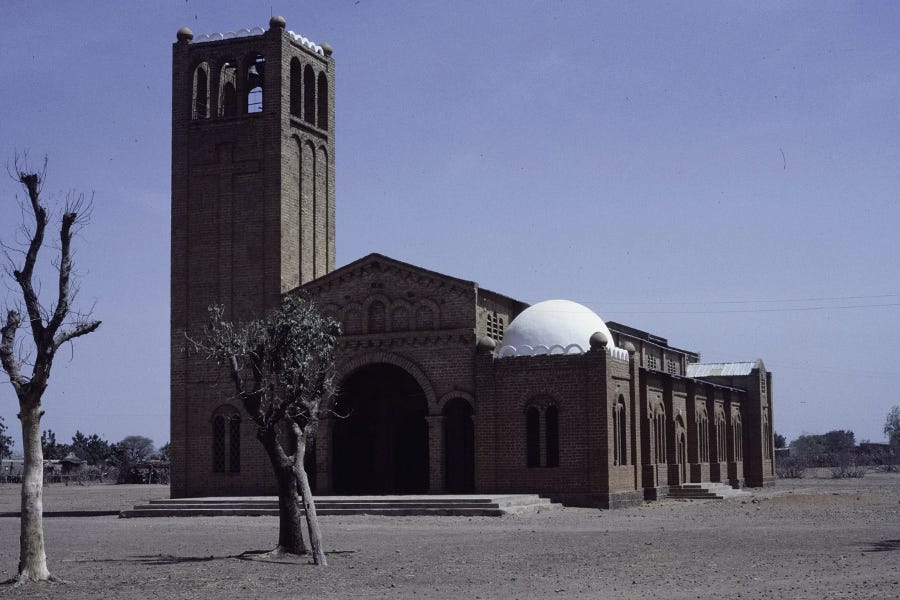Why are Catholics being killed in Burkina Faso?
Armed men targeted a Catholic church in Burkina Faso Sunday, killing at least 15 people and injuring two others.
Armed men targeted a Catholic church in Burkina Faso Sunday, killing at least 15 people and injuring two others.

The massacre was reported Feb. 25 by the Diocese of Dori, in the northeast of the landlocked African country, where the n…
